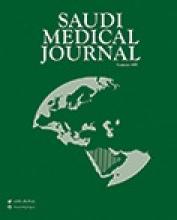Abstract
OBJECTIVE: To observe the potential protective effect of angiopoietin-1 (Ang-1) on rat choroidal neovascularization (CNV) leakage.
METHODS: The study was conducted at the Eye Institute of Shandong University of Traditional Chinese Medicine, Jinan, China from June 2012 to June 2013. Thirty CNV model rats were induced by laser. In vivo, fluorescein fundus angiography and pathological techniques were applied to detect the effect of vascular endothelial growth factor (VEGF) and Ang-1 intravitreous injection. In vitro, 3-(4, 5-dimethylthiazole-2-yl)-2, 5-biphenyl tetrazolium bromide (MTT) assay was applied to detect the proliferation of cultured bovine retinal endothelial cells (BRECs) after treatment with VEGF and Ang-1. Transmission electron microscopy (TEM) was used to detect the morphological changes under VEGF and Ang-1.
RESULTS: In the CNV rat model, less late leakage was found in the Ang-1 group than the vehicle control or the VEGF group. The MTT assay showed Ang-1 administration inhibited the proliferation of BRECs. The VEGF promoted proliferation at low concentrations and inhibited the proliferation when its concentration reached 50 ng/ml. The administration of VEGF+Ang-1 rescued the inhibition effect of Ang-1 alone. The TEM results showed that there were less intercellular junctions in the VEGF group compared with the vehicle control. In the VEGF + Ang-1 group, the intercellular junctions were nearly normal.
CONCLUSION: The Ang-1 can induce intercellular junction formation and decrease the CNV leakage.
- Copyright: © Saudi Medical Journal
This is an open-access article distributed under the terms of the Creative Commons Attribution-Noncommercial License (CC BY-NC), which permits unrestricted use, distribution, and reproduction in any medium, provided the original work is properly cited.






